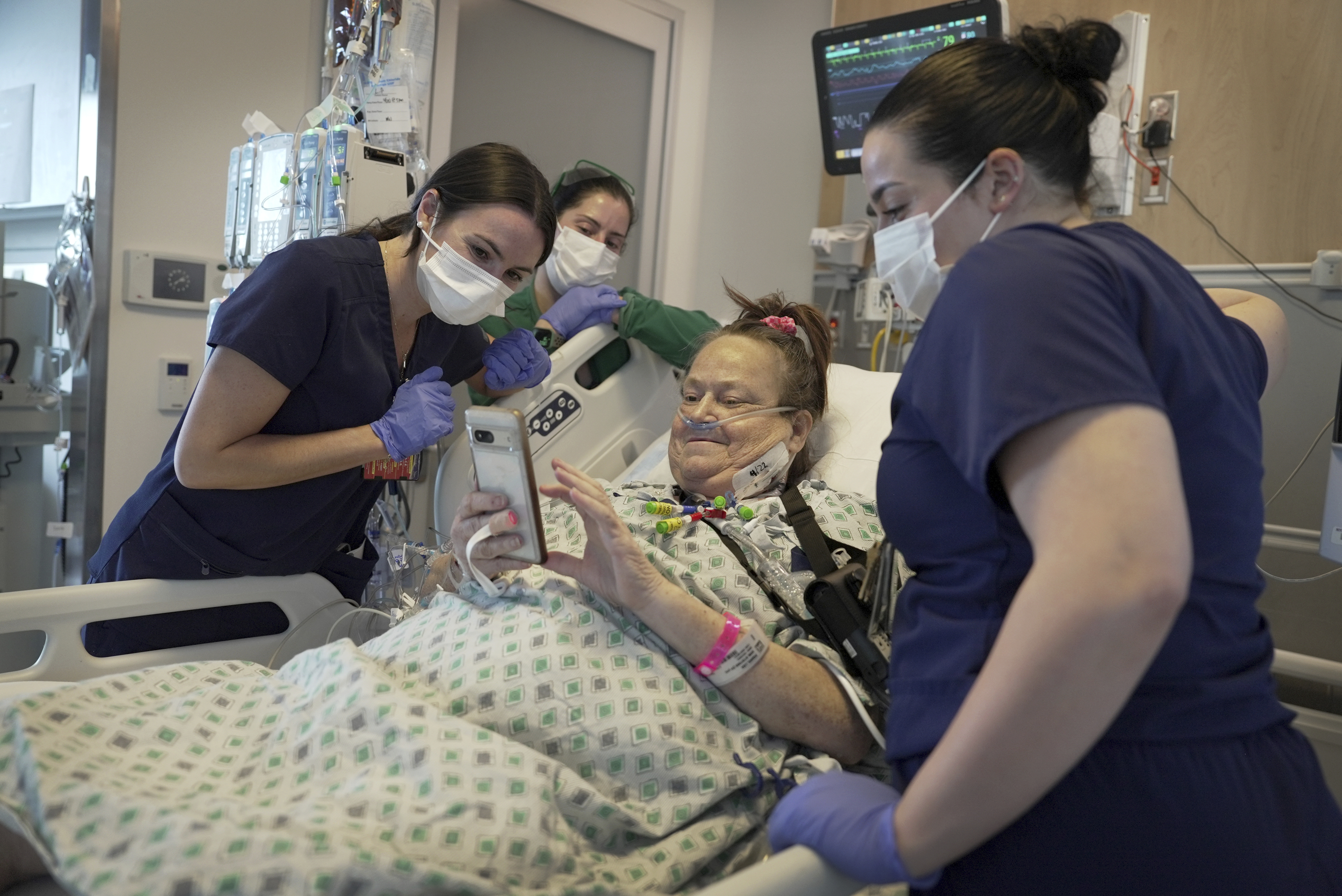With stocks jumping 35 percent in less than two months, you can't help but ask the question: Is history repeating itself?
Investors who want the stock market to go up had better hope not.
The market's moves after the 1929 market crash serve as a scary template that investors hope the current market won't follow.
At that time, stocks plunged about 48 percent in just two months following the Oct. 29 crash, only to surge 48 percent in the next six months.
But the next two years saw a crushing drop in the Dow Jones industrial average—which at that time was trading off a Sept. 3, 1929 high of 381.17—that saw the index lose 86 percent from the high of the rally.
So could the same thing happen again?
While most market pros believe some snapback from the current rally is probable and even desirable, a return to a Depression-era nosedive in stocks is not.
U.S. & World
"I would say at this point it seems unlikely," says Richard Sparks, senior analyst at Schaeffer's Investment Research in Cincinnati. "It doesn't look like any of the really bad things out there that exist as potential worries could blow up in our face and cause us to have a very sharp downturn."
For one thing, aggressive government intervention in 2009—as opposed to relative inaction from the public sector in the early stages of The Great Depression—would seem to work against another prolonged downturn.
So would some signs of optimism that the economy is improving, as well as earnings that didn't look as bad as many had expected and the recent round of stress tests that left the impression that most major banks would be able to raise adequate capital to stay afloat.
While there also is little sentiment that the market is about to rocket higher, there are also few calls that it is ready to swandive, despite the Depression's ugly historical precedent.
"I don't expect that to happen because of the stimulus, which is totally different than what happened during the Depression," says Michael Kresh, president of M.D. Kresh Financial Services in Islandia, N.Y. "But right now most of this market gain is on anticipation of things getting better. The only underlying fundamentals we have is things are less worse. That does not a bull market make."
Those looking for some market pullback think it will more than likely be in the 5 percent to 10 percent range--a move to around the 8,000 level for the Dow industrials and the mid-800s for the S&P 500.
Such a drop would provide another buying opportunity for those who missed the most recent rally.
"That would give a good entry point to see where the buyers live. Straight up is never good. Everybody's chasing performance," says Dave Rovelli, managing director of US equity trading for Canaccord Adams. "I'd like to see a correction of maybe 10 percent of the rally we've had then hopefully some stabilization, maybe get some good economic news."
Even some of the most bearish portfolio managers think there's little chance of a sharp move lower.
Kathy Boyle, president of Chapin Hill Advisors in New York, admits she's taken her lumps during the rally and believes that while danger remains for the market, the bulls are winning for now.
A major selloff, she reasons, would only come after more bears believe the risk is all to the upside and abandon their positions. That would create a sort of bear capitulation, which then could be followed by a sharp selloff because the market would become severely overbought.
"I do think we could see another selloff like (the Depression drop) but when it comes I don't know," Boyle says. "We need to get more exuberant, because there's still enough bears out there. Not everybody's bought in--for the market to sell off that viciously you have to get everybody in. There' still more room on the upside here before you see another fall."
For now, investors are remaining cautious, doubting a major drop but unwilling to buy in great numbers until the pullback comes.
Rovelli advises those who have ridden the rally to take some of their winnings off the table, while Boyle, who has been aggressively using bearish ETFs to capitalize on the downturn, has moved to cash.
Kresh did all his buying in March--Warren Buffett's Berkshire Hathaway (London: BRK) and CNBC.com-parent General Electric (NYSE: GE)were two of his favorites--and also is hesitant to commit much more capital until the pullback. And Schaeffer's has recently become less bearish on the market but remains unwilling to call the downturn over.
"One good thing I would say about the rally is it's been very methodical, very measured, slow and steady. That's important because it kind of gives it a more sustainable feel," says Sparks. "As short-term traders we can play this rally and look to expose ourselves to the upside with relatively tight stop-loss even if we still believe it's a bear market."
If there is a major blowup ahead for stocks, then, it would probably come with continued problems in the economy.
Market pros will be watching unemployment and housing numbers closely through the summer. If they don't stabilize, then that Depression-style plunge in the rear-view mirror could be closer than it appears.
"The government's inflating the market right now. They're doing everything in their power to make the banks stronger. It's giving the impression that it's working," Rovelli says. "By the end of the summer if you don't see things turning around in housing and the unemployment rates keeps going higher, you're going to have a snapback to the downside."
- Slideshow: Surprising Stock Market Indicators
For more stories from CNBC, go to cnbc.com.



